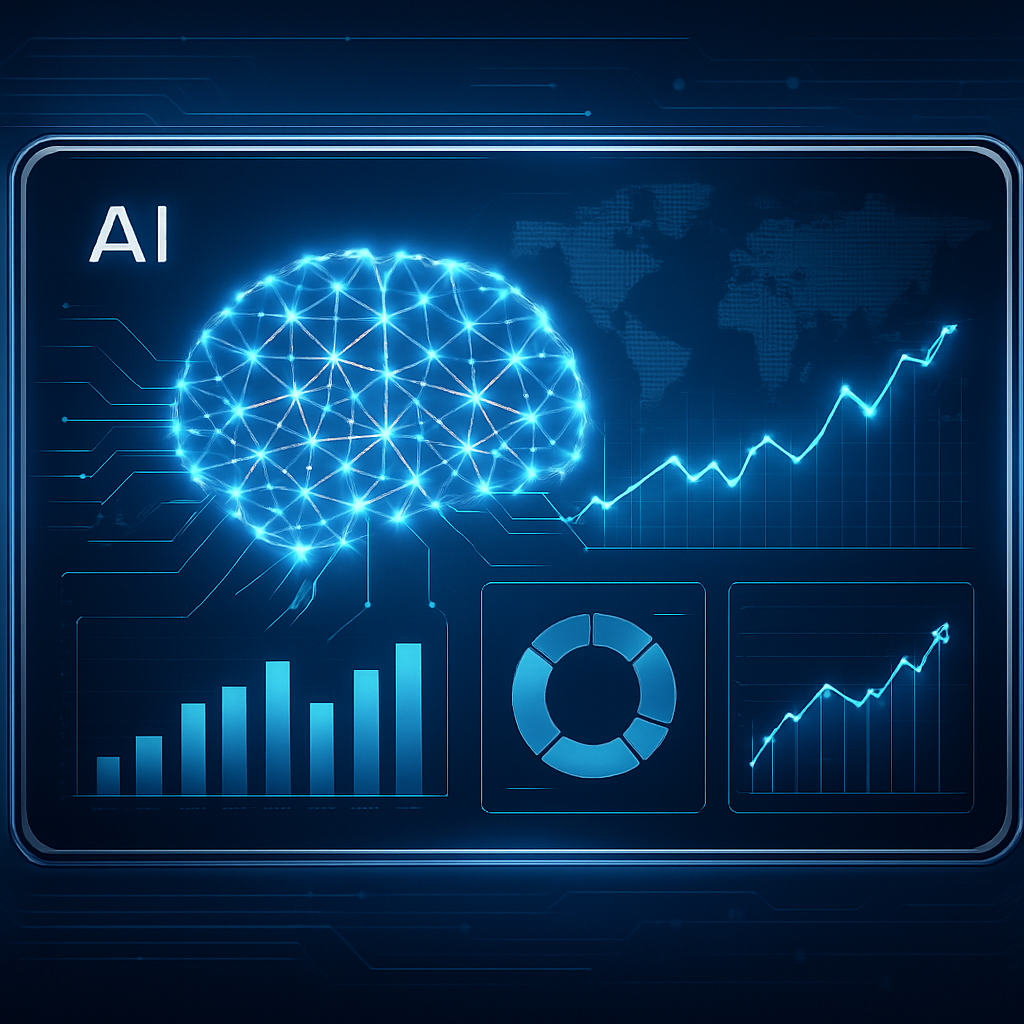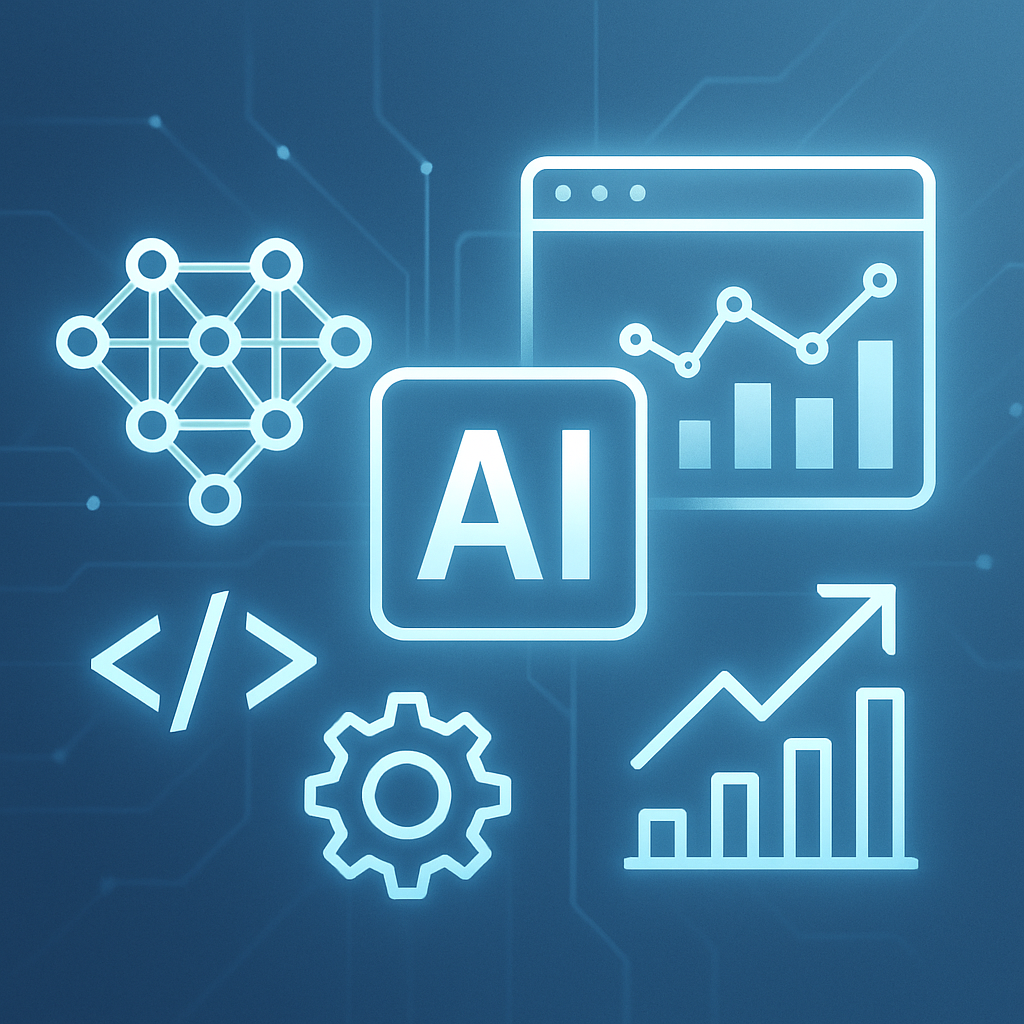Navigating AI Innovation: The Present State and Future of AI Programming
Category: AI
The Evolutionary Context of Artificial Intelligence in 2025
Artificial intelligence has rapidly evolved from a niche technical curiosity to a transformative force across sectors worldwide. As of May 2025, the state of AI reflects not only immense technical sophistication but also expansive real-world applicability. An AI program today is more capable, agile, and embedded in daily life than many envisioned a decade ago.
This evolution is fueled by breakthroughs in algorithms, computing power, and data availability. Machine learning models have advanced beyond basic pattern recognition into realms of creative problem solving, interpretability, and ethical reasoning. The AI program landscape reflects this nuanced progress—integrating deep learning, reinforcement learning, and hybrid approaches to push the boundaries of what machines can comprehend and accomplish.
Breakthroughs in AI Programming Driving Modern Innovation
1. Modular AI Architectures and Dynamic Learning
One of the most significant breakthroughs in AI programming is the widespread adoption of modular architectures. Rather than monolithic, opaque models, AI programs now often consist of interoperable components. This modularity enables dynamic, context-aware learning where sub-modules specialize and collaborate on complex tasks.
For example, in natural language processing, a modular AI program might separate syntax parsing, semantic interpretation, and task execution into distinctly trainable parts. These modules update incrementally in production environments, allowing continuous learning without full retraining cycles. This innovation enhances efficiency, interpretability, and adaptability.
2. Neuromorphic-Inspired AI Programming
Inspired by biological neural mechanisms, neuromorphic AI programming has reached important milestones in 2025. Unlike traditional artificial neural networks running on conventional hardware, neuromorphic systems leverage brain-inspired chips that mimic synaptic activity and spike-based communication.
The result is an AI program capable of real-time sensory processing and energy-efficient computation. This breakthrough is pivotal in robotics and edge AI devices where latency and power consumption constraints previously limited AI deployment. Such advanced AI programs now monitor critical infrastructure, perform autonomous navigation, and interact naturally with humans.
3. Self-Explainable AI Programs
A breakthrough addressing AI’s 'black box' problem is the development of self-explainable AI programs. These systems intrinsically generate human-understandable rationales for their decisions, embedding transparency within their core algorithms.
For instance, AI models used in healthcare diagnostics provide detailed reasoning paths highlighting input factors influencing a diagnosis. This breakthrough fosters trust, compliance with regulatory standards, and ethical AI deployment—a crucial aspect as AI becomes more intertwined with consequential decision-making.
4. AI Programming for Multi-Modal Reasoning
The ability to integrate diverse data types—text, images, audio, and sensor signals—to derive holistic insight marks another key AI innovation. Multi-modal reasoning AI programs excel at synthesizing disparate inputs like video feeds with contextual text to understand complex scenarios.
Applications include AI-powered content creation that seamlessly blends visuals and language, smart surveillance systems interpreting both motion and verbal cues, and virtual assistants understanding emotional tone along with spoken commands. This capacity significantly expands AI’s utility and sophistication.
Current State of AI: Not Just Technology, But Ecosystem
In 2025, an AI program rarely exists in isolation; it functions within an ecosystem of complementary technologies, datasets, and human collaboration. Cloud AI platforms provide scalable infrastructure enabling developers and businesses to customize AI solutions rapidly.
Large language models, robotics systems, autonomous vehicles, and personalized medicine software all rely on layered AI programming advances combined with real-time data streams and human feedback loops. The state of AI is thus an interplay of design ingenuity, ethical frameworks, and continuous innovation cycles.
Practical Example: AI Programming in Climate Modeling
Consider climate modeling—an area demanding immense computation and nuanced understanding. Modern AI programs integrate satellite imagery, sensor data, and historical climate records using multi-modal reasoning architectures. Modular AI components tackle atmospheric physics, ocean currents, and ecosystem interactions separately yet cohesively.
Neuromorphic-inspired edge devices deployed in remote areas gather real-time data efficiently, feeding back into central models that self-explain shifts and anomalies observed. This comprehensive AI approach provides scientists with clearer predictions and explanations, aiding policy decisions and resource management globally.
Looking Ahead: Navigating the Future of AI Programming
While current breakthroughs are exciting, the future holds challenges and opportunities shaping AI’s trajectory. Effective governance, addressing biased data, and fostering inclusivity in AI design remain central concerns.
The ongoing refinement of AI programming paradigms aims to balance power and accountability. Increased collaboration between AI practitioners, ethicists, and users worldwide will steer innovations towards human-centric outcomes ensuring AI enriches societies and workplaces responsibly.
Conclusion
The present state of AI in 2025 is a tapestry woven from dynamic programming breakthroughs, ethical advancements, and expanding real-world applications. An AI program no longer merely automates tasks but augments human intelligence, fosters transparency, and adapts fluidly to complex environments.
As we navigate this future, understanding these innovations' depth and breadth equips us to appreciate AI's transformative potential—and the thoughtful stewardship it requires.
Related Articles

Navigating the Future: Transformation AI's Impact on AI in 2024
In 2024, Transformation AI is at the forefront of reshaping artificial intelligence, driving dynamic...

How AI-Driven Predictive Analytics Is Shaping Business Strategy
Dive into how an AI-driven predictive analytics reshapes modern strategic decision-making. Unlock in...

Revolutionizing Business Growth with AI and Advanced Ecommerce Technologies
In 2025, the synergy of AI with cutting-edge ecommerce technology is transforming business developme...
Recent Posts

Maximizing Website Performance: Cutting-Edge WordPress Optimization in 2025

Boosting Customer Engagement Through Custom Software and WordPress

How Custom Software Development is Revolutionizing Online E-Commerce Business Success

Mastering Seamless Integration: Advanced Coding in Digital Ecommerce





